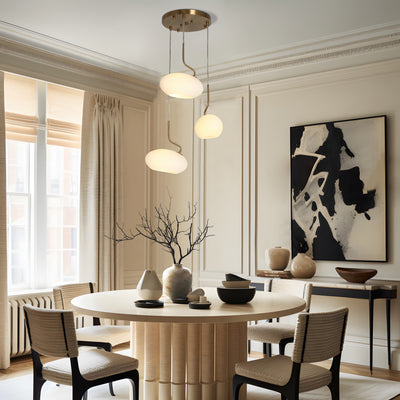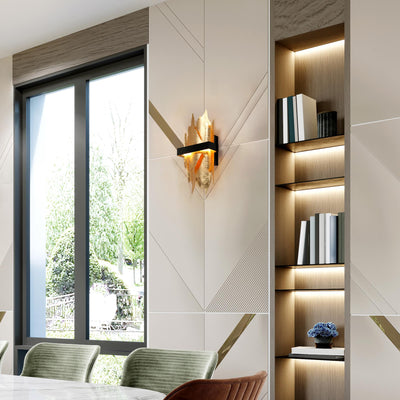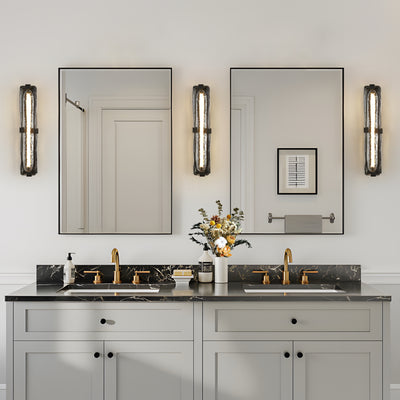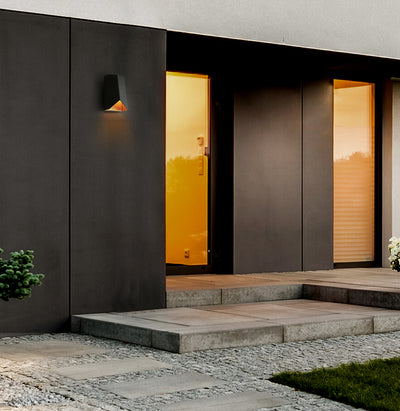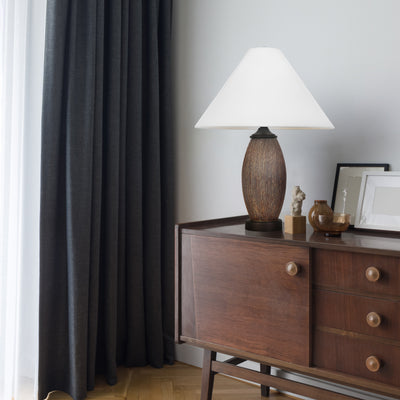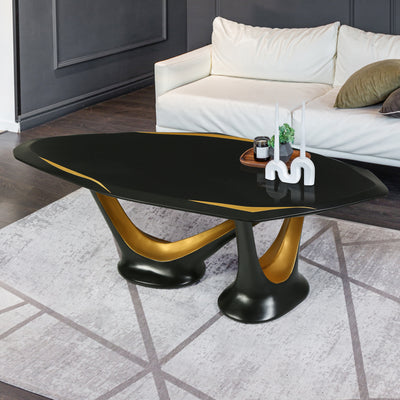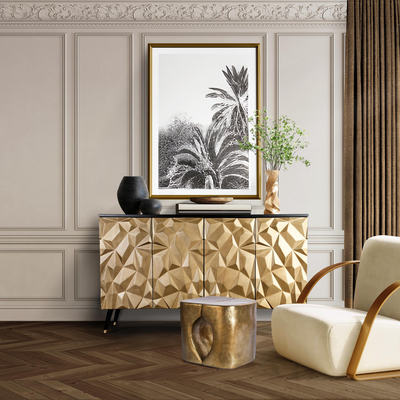
How to Layer Lighting in a Room Without Making It Too Busy
Ever walked into a room and felt like the lighting was just... off?
Maybe the fixtures were great, but something felt cluttered or too harsh. The trick to perfect lighting isn’t just about using one type of light—it’s about layering. But how do you layer lighting without overwhelming your space or making it feel too “busy”?
1. Ambient Lighting: The Foundation of Your Room
Every room needs ambient lighting—the general light that fills the room. This is your starting point, the base layer. Without it, your space would feel dark and unwelcoming.
-
Common Sources: Chandeliers, ceiling-mounted lights, recessed lighting.
-
Where to Use It: In every room! It sets the overall mood and tone of the space.
Pro Tip: Choose ambient lighting that’s soft and diffused. Fixtures like semi-flush mounts or chandeliers with fabric shades help create a warm, even glow without feeling harsh.
2. Task Lighting: Light That Works for You
Task lighting is practical—it’s meant to help you perform specific activities. This is the layer that adds function to your space, especially in areas like kitchens, reading corners, or desks.
-
Common Sources: Pendant lights, under-cabinet lighting, desk lamps, vanity lights.
-
Where to Use It: Kitchens (over islands), bathrooms (vanity lights), reading nooks, and home offices.
Pro Tip: Keep task lighting focused, but make sure it’s not so intense that it makes the room feel sharp or uncomfortable. Dimmable options are great for adjusting brightness as needed.
3. Accent Lighting: Add Depth and Drama
Now for the fun part—accent lighting. This layer adds drama and emphasizes certain features in your space, like artwork, architectural details, or special décor.
-
Common Sources: Wall sconces, track lighting, uplights, picture lights.
-
Where to Use It: Accent lighting works well in living rooms, dining rooms, hallways, and galleries.
Pro Tip: Accent lighting doesn’t need to be everywhere. Just one or two well-placed fixtures can create a striking effect. Play with angles to highlight your favorite features without cluttering the space.
4. Be Mindful of Proportions and Balance
The key to layering lighting without making it too busy is balance. It’s not about having every type of light in every room—it’s about using the right amount of light in the right places.
- Proportion: Make sure your light fixtures are in proportion to your room’s size. Oversized lights can overwhelm, while small ones can leave the space feeling under-lit.

-
Balance: Don’t let one layer dominate. Mix ambient, task, and accent lighting so they complement each other, not compete for attention.
5. Use Lighting to Create Flow
One of the biggest mistakes people make when layering lighting is choosing fixtures that don’t connect. You want your lighting to feel like it flows naturally from room to room.
-
Common Tip: If you’re using multiple types of light (pendants, sconces, chandeliers), make sure they share a common element, like finish, shape, or style. This way, each fixture speaks the same design language, creating a cohesive atmosphere throughout the home.
Pro Tip: If you’re working with multiple rooms, try using the same or similar lighting in adjacent areas to maintain a sense of continuity.
Final Tip: Don’t Overdo It
Layering lighting is all about subtlety and creating atmosphere, not overwhelming the space with too many fixtures or too much light. Less is often more when it comes to creating a balanced, inviting room.
Bringing It All Together
Layering lighting is a powerful tool in interior design. When done right, it can make your space feel dynamic, welcoming, and balanced. The secret is to use the three layers, ambient, task, and accent, strategically to create flow without making your space feel overcrowded.
Next time you find yourself stuck, think about how each layer plays a role in your space and how they all work together to create the perfect ambiance.
Next Up: Are Your Fixtures Talking to Each Other? How to Create Flow with Consistent Lighting


